Logistics
Warehousing & Fulfillment
Transportation
Industries
Technology & Innovations
E-commerce
E-commerce Fulfillment Services
Lease & Maintenance
Semi Trucks
Logistics
E-commerce
Lease & Maintenance
Buy Used Trucks
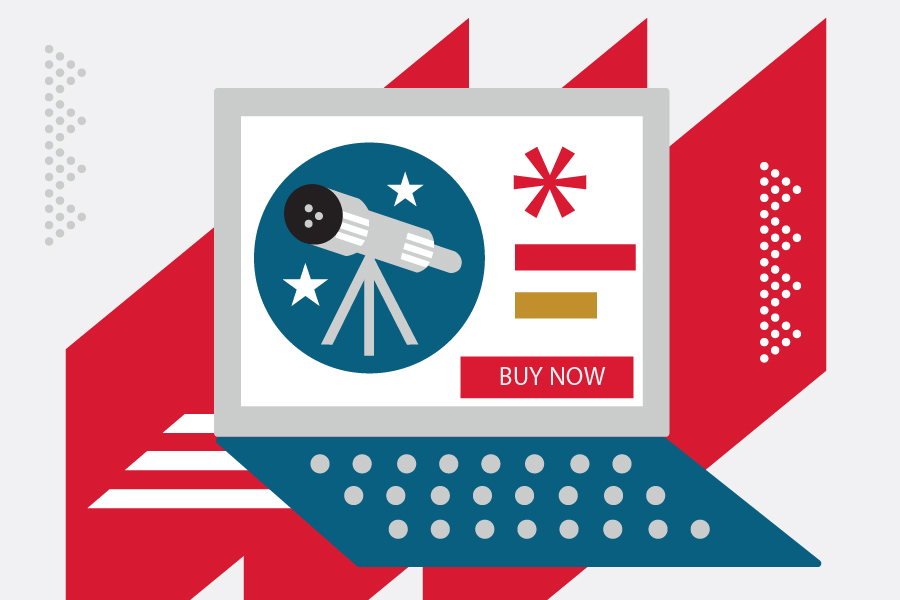
Have you ever been hit with "only 3 left in stock!" or "sale ends tomorrow!" messaging and found yourself a little more invested than you were a minute ago?
There's a reason: it's called the scarcity principle.
The scarcity principle is why we want what we can't have, and why are we more interested in products with limited availability. In sum, it says that consumers are more compelled to purchase products that are in high demand and short supply.
Why does it matter in marketing? Because the scarcity principle is a strategy to add value, urgency, and build excitement when purchasing.
Scarcity marketing is a technique used to accelerate customer buying journeys, boost sales, and place a higher value on products with unique offers and discounts.
Ranging from holiday season promotions, clearance sales, or limited-time offers, companies use scarcity marketing tactics to generate a buzz and a "need" around certain products and services.
The bottom line: items or offers scarce in production become more desirable.
Scarcity is all about creating a sense of urgency.
While it's likely that you've heard the term FOMO, you might not realize that the fear of missing out revolves largely around social media engagement, with over 50% of social media users experiencing this feeling online.
FOMO can also occur within as well as influence buying behaviors. How? When a customer sees that there's a limited supply, they won't want to miss out on securing that product.
The scarcity tactic plays on the feeling of anxiety around missed chances, knowing that potential customers are more likely to bite the bullet and make a purchase.
According to a study by Hubspot, 45% of customers that see a product selling quickly will want to learn more about that product.
When a product's popularity is booming, this leads to an increase in reviews and other user-generated content. The best part? This authentic content comes directly from consumers who have already purchased products and interacted with your brand - it's super valuable to new customers who are deciding whether or not to purchase,
In sum, scarcity marketing allows a product to begin selling itself: limited stock, an increase in sales, and a slew of loyal customers creating buzz will drive conversions effortlessly.
As we mentioned before, the scarcity principle underpins the power of scarcity marketing. The less there is of something, the more intriguing it becomes - and the more desire there is to buy it.
For example, you can buy a good electric guitar from $400 to upwards of $1,500, and there are plenty of options to choose from based on your preferences or playing style.
BUT, there's only one iconic white Stratocaster played by none other than Jimi Hendrix himself at Woodstock in 1969. The exclusivity of this guitar is what causes its value to shoot through the roof. And guess what? It sold for a whopping $2 million.
If every product were available to every interested customer, there wouldn't be much urgency to purchase. Customers could come back whenever they felt most inclined to make a purchase - or forget about it entirely.
Product scarcity eliminates this laissez-faire approach with tactics like doing small "drops" of an uber-popular product repeatedly. The most successful example? Kylie Jenner's lip kits.

Kylie Cosmetics is well-known for using scarcity marketing for limited product releases, where customers countdown to the live time, waiting to enter their credit card information and click "confirm" as quickly as possible to ensure their purchase.
The result? The product sells out in a matter of minutes.
Limited-edition products are very good at pulling on your heartstrings.
Usually, they take some sort of "theme," like pop-culture icons, holidays movies, and more, and incorporate the theme into normal products to transform them into unique, limited-time offers.
Plus, because there are only a limited number of products in the edition available, there's increased demand.
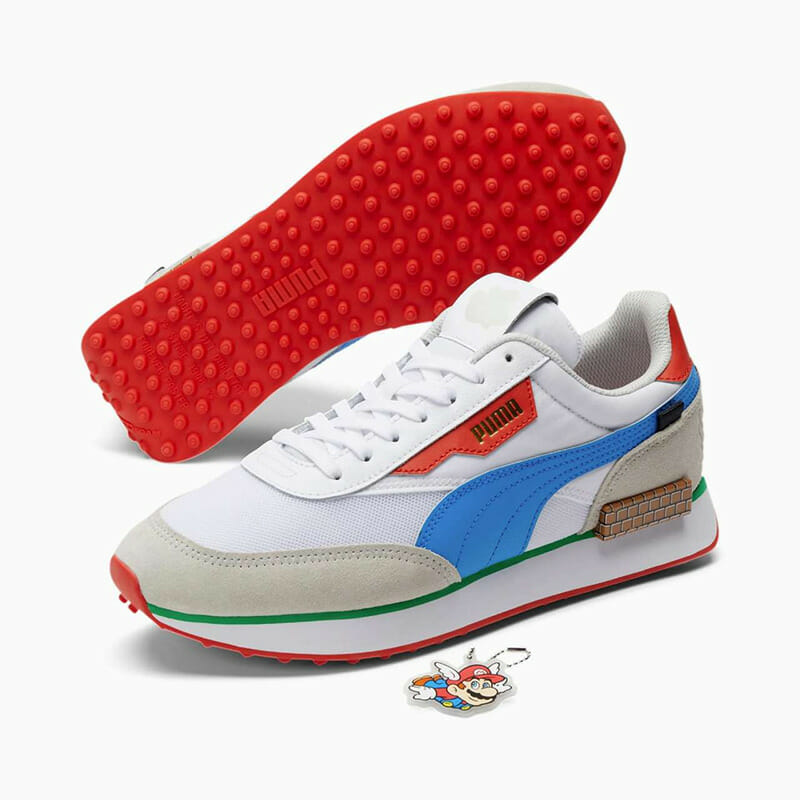
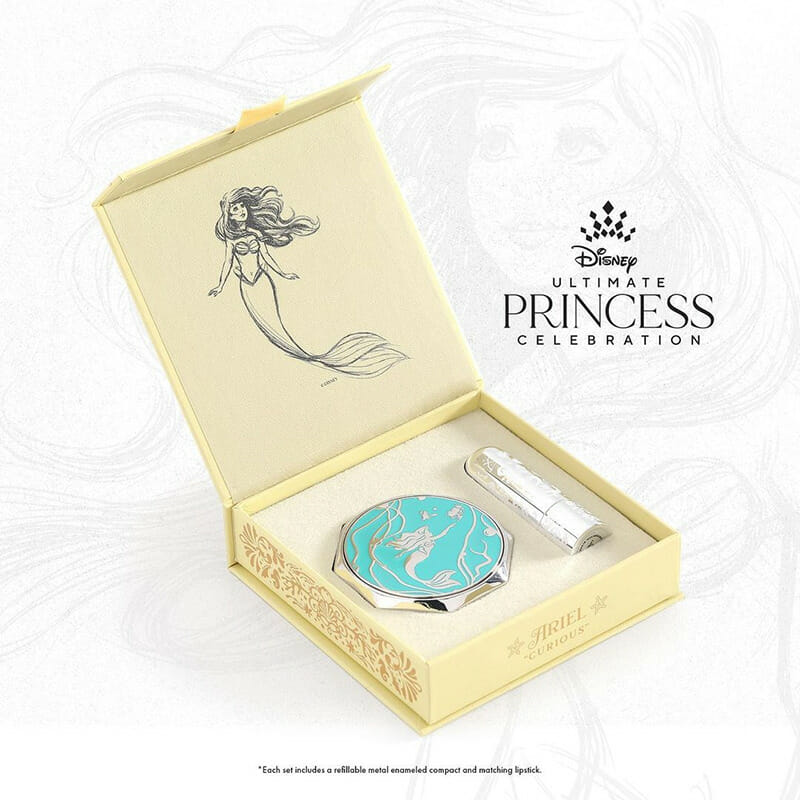
Whether they're a pair of PUMA sneakers customized with a Super Mario design or your favorite Besame makeup pallet engraved with a Disney princess, these limited editions are meant for showing off and seeking social validation - and that makes them immensely valuable.
Flash sales differ from limited-edition products or limited quantities. Instead of creating hype around the product itself, this scarcity marketing strategy centers around a deal that's only available for a limited timeframe (usually 24-48 hours)
Black Friday and Cyber Monday sales are popular for a reason - it's a chance to get a product at a discounted price that isn't available during the rest of the year - as long as you confirm your purchase while it's still available.
Both new and existing customers are more likely to make a purchase when there's a good deal involved. They're even more likely to purchase when there's a deadline - they won't want to miss that offer!
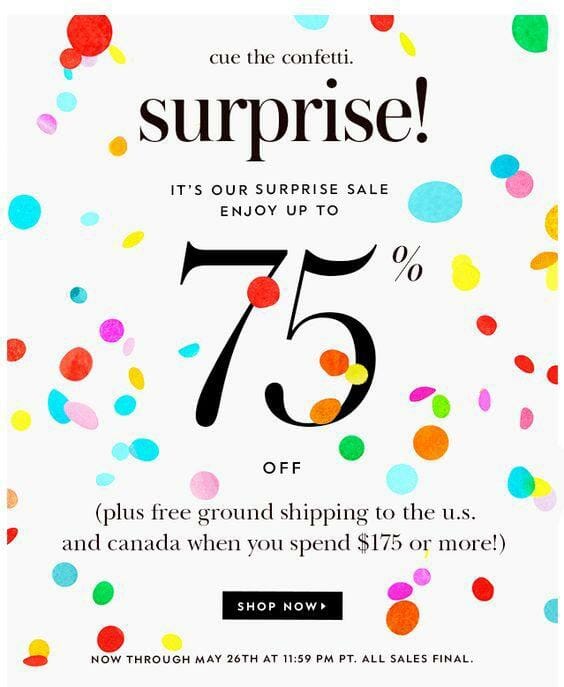
Offering early access discounts is a great scarcity marketing tactic that also "rewards" your most engaged consumers: if they're participating in your loyalty program, they'll have access to promotions before 'normal' customers, which adds an extra sense of exclusivity.
Not only do these discounts urge your customers to act fast, but it also builds trust among returning members. Essentially, they're getting a special offer that not everyone has, meaning there's less of a chance that the price will increase or the product will sell out.

In a font or color that stands out, notifications are placed directly on product pages to show customers the limited availability when they're browsing a website. This helps create a sense of urgency and pushes customers to purchase to avoid missing out.
In the example above, the call-out shows how many rooms are available at the hotel. With only "2 left" at the $309 price, the value of the offer increases - a similar room in the same hotel that's more expensive is no longer as enticing to the customer.
Have you ever been shopping for tickets to see a show, when suddenly a timer appears in the upper right corner of the screen? A notification will tell you your spot is being "held" for the next 5 minutes. If you don't complete the purchase within that timeframe, your tickets are released and available for other customers to snap up.
Like the notifications on product pages, this example of scarcity marketing plays mainly on urgency - as soon as consumers see a timer, they're going to move more quickly to ensure they get what they want.
The whole point of having a limited-time promotion is to create the feeling of "if I don't purchase this now, I won't be able to get it at this price." If your company is known for extending deals over and over - or even discounting products further - this sentiment changes to: "Eh, I bet this deal will go into next week, I'll buy something later."
Stick to your original deadlines to avoid your customers losing their sense of urgency to purchase.
If everything on your site becomes "exclusive," "selling out quickly," or "a limited time offer," then none of it is. Your marketing teams will need to develop a strategy and a cadence for scarcity tactics so that they don't overuse this type of marketing.
Plus, it's important to note that scarcity marketing can bring forth a lot of frustration among your loyal customers. If you're continuously selling products in limited stock and in high demand, there can be a sort of scarcity fatigue, where customers won't want to go through the emotional turmoil of having to be on their toes all the time to ensure access to their favorite products.
Have you ever gone to an e-commerce store, only to be hit with 3 different pop-ups that make you give up shipping altogether? Spamming customers is never a good form of digital marketing. The same goes for email marketing - too many emails from an online store can cause your customers to opt out of your communications altogether.
Your marketing teams should always have different tactics distributed across multiple channels. This way, your customers aren't rolling their eyes every time they get a notification -rather, it'll be something they're looking forward to.
The power of A/B testing should not be overlooked! Scarcity marketing revolves around wordplay and the feelings your messages bring to your customers. This means that even small changes, like using a period instead of an exclamation point or red text instead of black, can make a big difference to CTR.
By testing different variables in your marketing campaigns, you'll begin to understand what messages resonate with your customers and how to speak to them in a way that drives more sales.
In 2017, Starbucks released their limited edition Unicorn Frappuccino, and their community went nuts. Documented on social media, Starbucks customers everywhere were running to nearby cafes to try and get the newest (and aesthetically pleasing) beverage:
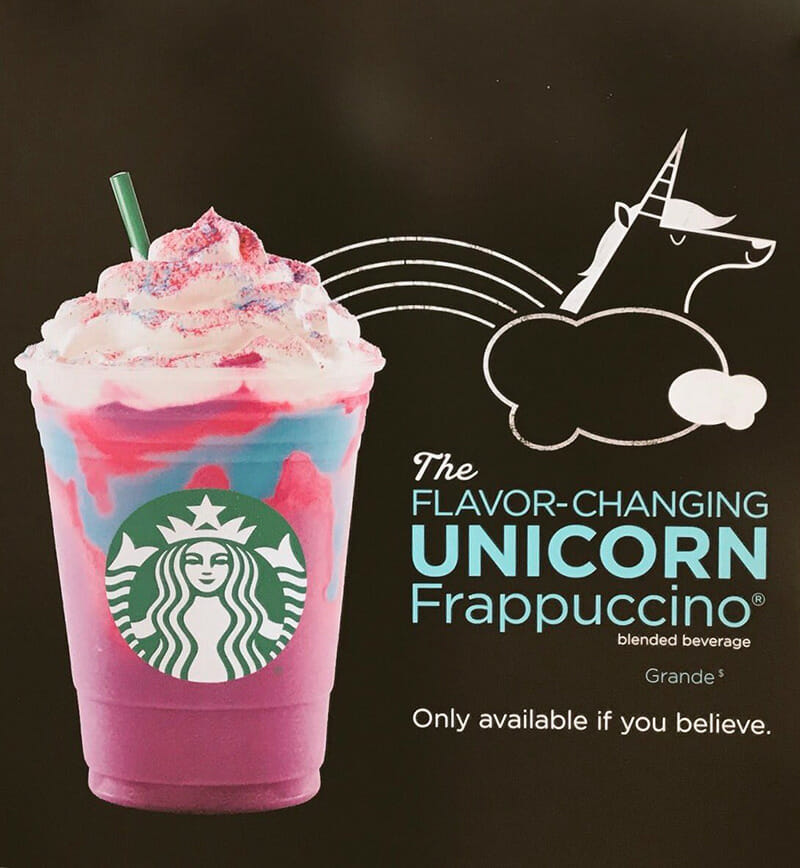
Since then, Starbucks has released a slew of limited edition drinks, including Dragon, Mermaid, Zombie, and Christmas Tree Frappuccinos, all as colorful and unique as the original Unicorn.
With the Squid Game craze of 2021, they released a Squid Game Frappuccino on their "secret" menu. One thing's for sure - Starbucks knows how to get its customers excited and generate social proof around a scrumptious blend of sugar, ice, milk, and coffee.
Not only is Urban Outfitters offering exclusive giveaways to their UO Rewards members, but they're also bringing an expiration date into the mix to create a sense of urgency.
If you head to their site and see a giveaway that interests you, look a bit more closely, and you'll see that each one has an expiration date - meaning you'll need to act sooner rather than later to be considered for the prize!
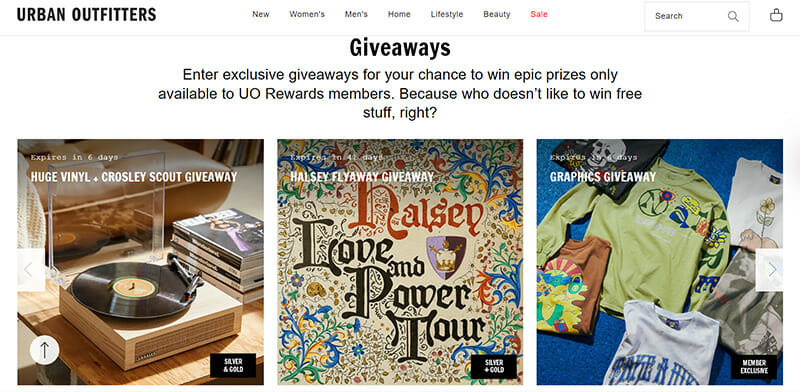
With over 2,000 stores across the US, Canada, and the UK, sports hat retailer Lids is debuting a new e-commerce site with a scarcity marketing strategy. They'll be doing limited collection product drops twice weekly, aiming for over 40 drops over the next few months.

The goal? More traffic and sales on their new site.
Whether your e-commerce brand focuses on apparel, food, or electronics, scarcity works... as long as it's done right! Scarcity marketing is not something that online retailers can throw together with the hope of booming sales. Instead, your marketing team will need to develop a strategic plan forward, one that (most importantly) will resonate with your customers. Focusing on providing value, rather than short-term gimmicks and increases in sales, will put you on the right path to success.